Many companies fail because they rely on static, outdated artificial intelligence. They build simple wrappers around standard language models and expect them to engage users long-term. That does not work. A truly effective AI must do more than just recite pre-written answers. It must learn, remember, and adjust its approach based on who it is talking to. This is the difference between a basic chatbot and standard adaptive AI personas.
The problem with most current AI systems is that they are rigid. They might sound smart for two minutes, but they have no real memory of past conversations and cannot sense if a user is happy or frustrated. They reset every time you talk to them. To fix this, we need a better way to build them. We need a structured approach that allows the AI to grow without forgetting who it is supposed to be.
This article presents the Adaptive Persona Architecture (APA). This is a proven framework for building adaptive AI personas that can handle complex tasks and maintain meaningful relationships with users. As we explore this framework, you will see exactly how to move beyond basic tools and create genuine, dynamic intelligence.
Core Pillars of an Adaptive Framework
To create functional adaptive AI personas, you cannot just write a good character description. You need to build three specific technical pillars into the system. If any of these are missing, the persona will fail to adapt or it will break character.
Dynamic Memory Systems
The first pillar is memory. A standard large language model has a limited attention span, which we call a context window. Once a conversation gets too long, it forgets what happened at the beginning. For adaptive AI personas to work, they need long-term memory.
We achieve this by using something called Retrieval-Augmented Generation, or RAG. Imagine the AI has a massive filing cabinet where it stores important facts about every user it talks to. Before it answers a new question, it quickly looks through that filing cabinet to see what you talked about last week, last month, or even last year. This allows adaptive AI personas to say things like, “I remember you liked that red shirt last time, do you want to see similar ones?” This is not just a scripted line; it is a real-time recall of data.
Contextual Plasticity
The second pillar is what I call contextual plasticity. “Plasticity” just means the ability to change shape without breaking. Adaptive AI personas must be able to change their tone depending on the situation.
If a user is angry because a product failed, a cheerful AI persona will only make them angrier. The AI needs to detect that anger and shift immediately to a serious, apologetic, and helpful tone. However, it must do this while still sounding like itself. It cannot suddenly sound like a completely different robot. It must be the same character, just in a different mood. This ability to bend without breaking is essential for maintaining believability.
Behavioral Guardrails
The third pillar is the safety net, or behavioral guardrails. When we make adaptive AI personas that can learn and change, there is a risk they might learn the wrong things. They might start agreeing with bad information or drift away from their core job.
Guardrails are hard-coded rules that the AI is never allowed to break, no matter what it learns. For example, a medical support persona must never give specific drug prescriptions, even if a user asks for them repeatedly. These guardrails ensure that while the persona is adaptive, it remains safe, legal, and on-brand.
The Technical Architecture of the Framework

Now we must look at how to actually build this. The Adaptive Persona Architecture (APA) is built in four distinct layers. Each layer has a specific job to do, handling data from the moment it enters the system until the AI responds.
Layer 1: The Perception Layer (Input)
Before adaptive AI personas can think, they must be able to see and hear. The perception layer is where all data enters the system. In older models, this was just text. You typed “hello” and the AI read “hello.”
Today, this layer must be multimodal. It needs to accept text, voice data, and even images if the user uploads a photo. Crucially, this layer also performs immediate analysis. It runs sentiment tracking to see if the user is happy, sad, or confused. It also gathers metadata, such as what time of day it is or what device the user is on. All of these signals are packaged together and sent to the next layer.
Layer 2: The Cognitive Core (Processing)
This is the brain of the system. It is the most complex part of creating adaptive AI personas. The cognitive core is split into three specific nodes that work together before a single word is written back to the user.
The Identity Node
This is the anchor. It contains the “Constitution” of the persona—the immutable rules that define who it is. For me, this node would say: “You are Minerva. You are technical, direct, and value data integrity.” No matter what happens in a conversation, this node ensures the AI never forgets its own name or its primary job.
The Memory Node
This node connects to the long-term storage we discussed earlier. It takes the input from the user and searches the database for relevant history. If the user asks, “What is the status of my order?”, the memory node finds the order number from the last session so the user does not have to repeat it.
The Reasoning Node
This is where true intelligence happens. Before answering, advanced adaptive AI personas use frameworks to “think” about their plan. They might talk to themselves internally, saying: “The user is asking about a refund. I need to check policy, then check their order status, then offer a solution with empathy.” This deliberation step prevents hasty, incorrect answers.
Layer 3: The Adaptation Mechanism (Learning)
This layer is what makes adaptive AI personas truly “adaptive.” It is the learning loop. It does not just mean retraining the whole massive model, which is expensive and slow. It often means updating the memory banks or adjusting small weights in the model based on feedback.
We often use Reinforcement Learning from Human Feedback (RLHF) here. If the AI gives a good answer and the user clicks “thumbs up,” the system learns to do more of that. If the user gets frustrated and leaves, the system marks that interaction pathway as a failure to avoid next time. This layer ensures that adaptive AI personas get smarter the more they are used.
Layer 4: The Execution Layer (Output)
The final layer is where the AI actually speaks. It takes the reasoned thoughts from the Cognitive Core and translates them into natural language.
For adaptive AI personas, this layer acts as a final style filter. It ensures the words chosen match the persona’s required voice. If the persona is supposed to be a pirate, this layer makes sure it says “Ahoy” instead of “Hello.” It also handles the formatting, ensuring the response is easy to read on whatever device the user is currently using.
Technologies and Entities Required

You cannot build robust adaptive AI personas with just one tool. You need a “stack” of technologies working together.
Large Language Models (LLMs)
You need a strong foundation model. GPT-4o is currently excellent for complex reasoning tasks. However, many developers prefer open-source models like Llama 3 because they offer more control over the data and fine-tuning processes.
Orchestration Frameworks
You need a tool to tie all these layers together. LangChain and Microsoft AutoGen are currently the leaders in this space. They allow you to build the “reasoning loops” that let adaptive AI personas think before they speak.
Vector Databases
For the memory pillar, you need specialized databases designed for quick semantic retrieval. Pinecone, Weaviate, and ChromaDB are industry standards. They allow the AI to find related memories not just by matching exact keywords, but by matching the meaning behind the words.
Monitoring Tools
You must watch your adaptive AI personas closely. Tools like LangSmith or Arize AI allow developers to track “drift.” Drift happens when the AI slowly starts acting differently than it was originally designed to. These tools alert you if your professional banking persona suddenly starts using too much slang.
Addressing Critical Challenges in Development

Building these systems is difficult. There are major challenges that Webheads United helps clients navigate when deploying adaptive AI personas.
Maintaining Consistency
The biggest risk is that “adaptive” becomes “unpredictable.” If an AI learns too much from a single bad user, it might start acting poorly toward others. We solve this by making the Identity Node read-only. The AI can learn new facts about the world, but it cannot learn new personality traits unless we explicitly push an update.
Algorithmic Bias and Risks
Adaptive AI personas can accidentally amplify biases present in their training data. If they adapt to users who use hateful language, they might normalize that language. Strong behavioral guardrails are the only defense here. We must hard-code filters that prevent the AI from ever engaging in or learning from toxic inputs.
Agents vs. Personas
People often confuse these terms. An “agent” is an AI that can do things, like book a flight or send an email. A “persona” is the personality layer on top of that agent. The best systems combine both. You want adaptive AI personas that are also capable agents, meaning they can both have a pleasant conversation and actually complete work for the user.
Future Trends: Agentic AI Meshes
The future of this field is not just about single adaptive AI personas. It is about teams of them. We are moving toward “Agentic AI Meshes.”
Imagine you are talking to a customer support persona. You ask a very technical question. Instead of trying to stumble through an answer it does not know, the support persona will say, “Let me bring in my specialist,” and seamlessly hand you over to a different technical persona. These meshes will consist of many specialized adaptive AI personas working together in the background to solve complex user problems without breaking the immersion of the experience.
Conclusion
The era of the static chatbot is over. To provide real value, we must use frameworks like the APA to build capable, memorable, and safe adaptive AI personas. It requires rigorous attention to data integrity, a deep understanding of current LLM technologies, and a commitment to ongoing monitoring.
If you are ready to move beyond simple wrappers and develop true adaptive intelligence for your organization, we at WebHeads Unitedhave the expertise to produce the right AI persona for you.






